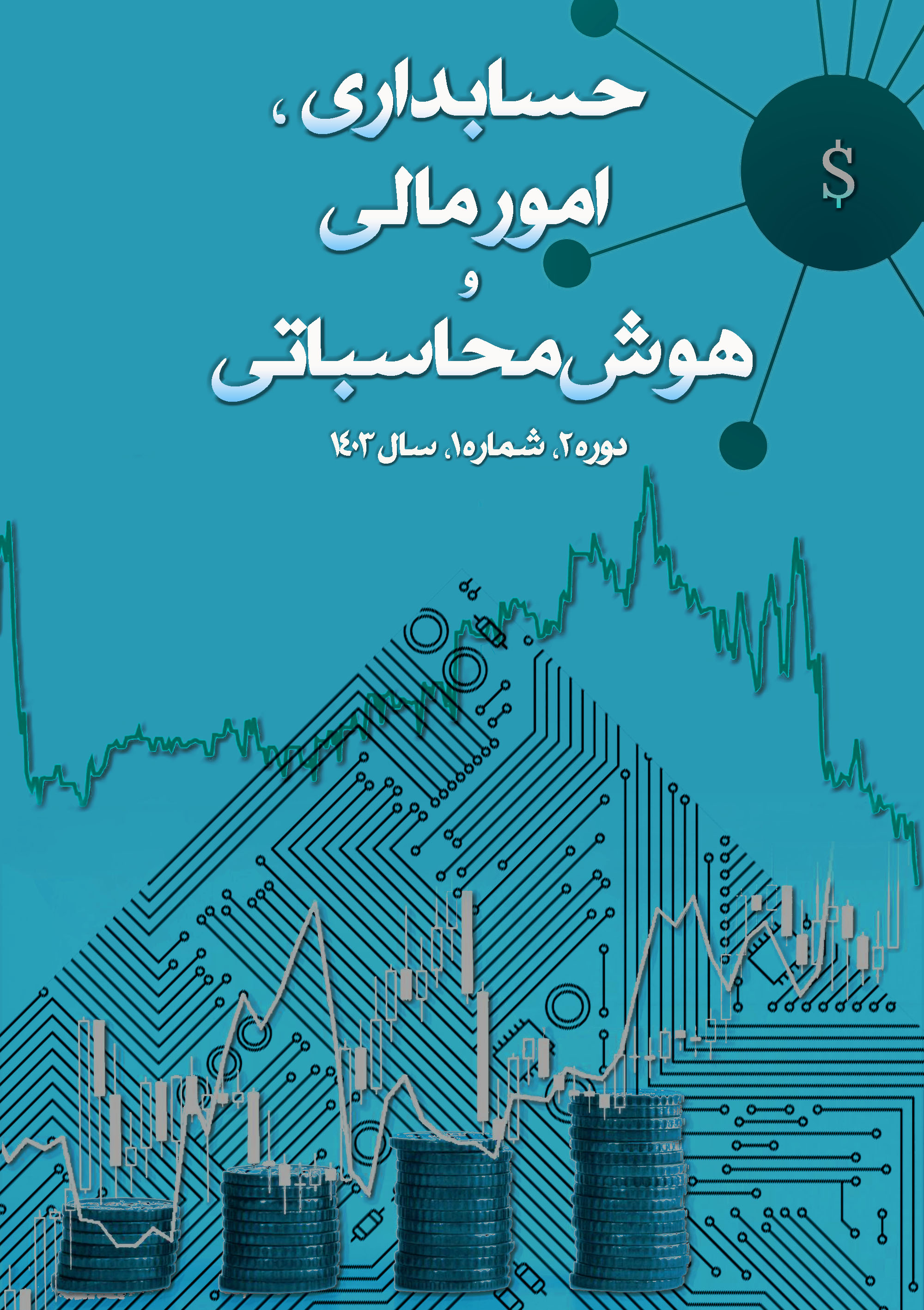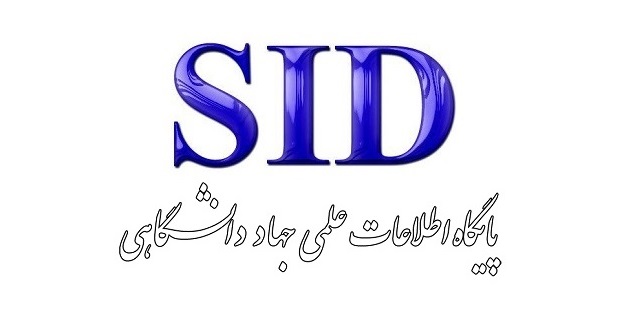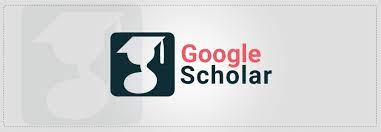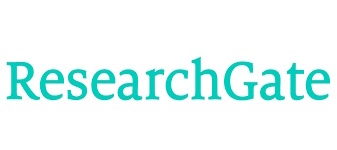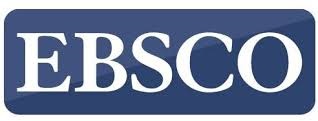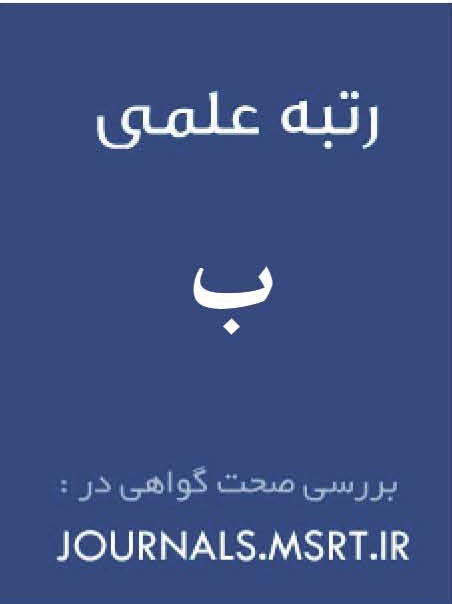اثر فشار مداخله بانک مرکزی بر ادوار تجاری کشور در رژیمهای رکود و رونق
کلمات کلیدی:
فشار مداخله بانک مرکزی, ادوار تجاری, مدل تغییر رژیم مارکوف سوئیچینگچکیده
در این مطالعه بدنبال بررسی اثر فشار مداخله بانک مرکزی بر ادوار تجاری کشور در رژیمهای رکود و رونق میباشیم. برای این منظور با استفاده از مدل چرخشی و تغییر رژیم مارکوف سوئیچینگ اثر متغیرهای مطالعه طی بازه زمانی 1373 تا سال 1401 مورد بررسی واقع میگردد. نتایج تخمین مدل مارکوف برای دوران رکود و رونق نشان میدهد؛ شاخص مداخله بانک مرکزی، انحرافات نرخ ارز از مسیر بلند مدت، اثر تحریم و نرخ تورم در دوران رکود و رونق، تاثیر مثبت بر شکاف تولید دارند و متغیر نرخ رشد درآمدهای ارزی حاصل از فروش نفت در دوران رونق منجر به کاهش شکاف تولید میشود. دلیل این اثرات را در طول این سالها باید از جانب مداخله بانک مرکزی بر اقتصاد کشور مورد تحلیل قرار داد. بدین ترتیب که هر چه رشد نرخ ارز بیشتر شده است، سیاست گذاران تلاش نموده اند که با عکس العمل بیشتر به آن، رشد نرخ ارز را کنترل نموده و از افزایش آن جلوگیری نمایند. این در حالی است که واکنش به انحرافات نرخ ارز کاهش مییابد. بنابراین شرایطی که نرخ ارز رشد بالاتری را تجربه میکند، سیاست گذاران بیشتر به دنبال کنترل نرخ ارز میباشند و کمتر به انحرافات آن توجه مینمایند.
دانلودها
مراجع
Afshari, Z., Mahmoudi, N., & Bostani, R. (2014). Evaluating the neoclassical growth model in explaining Iran's business cycles. Quarterly Journal of Iranian Applied Economic Studies, 3(9), 189-204.
Arman Seyyed, A., & Piro, F. (2015). Investigating asymmetry in Iran's business cycles and the role of oil shocks in their creation. Quarterly Journal of Quantitative Economics (Economic Studies Quarterly), 10(4, Consecutive No. 39), 113-146.
Awotunde, J. B., Adeniyi, E. A., Ogundokun, R. O., & Ayo, F. E. (2021). Application of Big Data with Fintech in Financial Services. In P. M. S. Choi & S. H. Huang (Eds.), Fintech with Artificial Intelligence, Big Data, and Blockchain (pp. 107-132). Springer Singapore. https://doi.org/10.1007/978-981-33-6137-9_3
Borkechian, S. M., & Eynian, M. (2012). Identifying and dating Iran's economic business cycles
Bostani, R. (2013). The effect of temporary and permanent shocks on business cycles. Economic Strategy Quarterly(6), 41-58.
Corpuz, J. C. G. (2023). Mental Health in Times of Global Recession: Strategies for Public Health Intervention. Journal of Public Health, 46(2), e324-e325. https://doi.org/10.1093/pubmed/fdad241
Emami, K., & Adibpour, M. (2009). Investigating the asymmetric effects of oil shocks on production. Quarterly Journal of Economic Modeling, 3(4, Consecutive No. 10), 1-26.
Fazel, M., & Tavakkoli, A. (2012). Forecasting Iran's business cycles: The Markov chain model approach Sanandaj.
Gougarcheian, A., & Mirhashemi Naeini, S. A. (2011). The role of monetary and credit policies in managing the country's business cycles. Andisheh Economic Research Quarterly, 1(4), 60-91.
Hajbar Kiani, K., & Moradi, A. (2011). Determining turning points in Iran's economic business cycles using the Markov switching autoregressive model. Economic Modeling, 1-25.
Hossein, K. (2022). Formulation of Financial Statement Fraud Detection Model Using Artificial Neural Network and Support Vector Machine Approaches in Companies Listed in Tehran Bahador Stock Exchange. Journal of Management Accounting and Auditing Knowledge, 11(41), 285-314. https://www.jmaak.ir/article_19167.html
Mehregan, N., Mohammadzadeh, P., Haghani, M., & Salmani, Y. (2013). "Investigating a multi-behavioral model of economic growth in response to crude oil price fluctuations: An application of GARCH and Markov switching regression models.". Economic Modeling Research(12), 73-101.
Moghni, H., Nasihi Far, V., & Nateq, T. (2019). How the expansion of financial technologies affects the improvement of financial service performance. Financial Economics, 13(49), 183-212. https://www.sid.ir/paper/229280/en
Obiakor, M. I. (2021). Impact of inflation and economic recession on education of secondary school students in Oji River Educational Zone of Enugu State. African Journal of Educational Management, Teaching and Entrepreneurship Studies, 3(1), 158-168. https://ajemates.org/index.php/ajemates/article/view/98
Pishkhan, W. (2023). Persistent Recession in the Construction Industry. pishkhan.com/news/306082
Setiawan, C. H., Marciano, D., & Cayaban, C. J. G. (2022). Changes in Investors Risk-Taking Behavior During Indonesian Economic Recession Due to the Covid-19 in 2020. Journal of Management and Business, 21(1), 1. https://doi.org/10.24123/jmb.v21i1.535
Stevenson, B. (2021). Women, work, and families: Recovering from the pandemic-induced recession (Vol. 16). https://www.brookings.edu/articles/women-work-and-families-recovering-from-the-pandemic-induced-recession/
Uccioli, U., Fonzar, A., Lanzuolo, S., Meloni, S. M., Lumbau, A. I., Cicciù, M., & Tallarico, M. (2021). Tissue Recession Around a Dental Implant in Anterior Maxilla: How to Manage Soft Tissue When Things Go Wrong? Prosthesis, 3(3), 209-220. https://doi.org/10.3390/prosthesis3030021
Won, S., Sookyong, N., S, Lee, H., & Kim, H. (2023). Estimation of appropriate size of higher education finance and plan for expansion of financial support based on comparative model. The Journal of Economics and Finance of Education, 32(3), 107 - 132. https://doi.org/10.46967/jefe.2023.32.3.107
دانلود
چاپ شده
ارسال
بازنگری
پذیرش
شماره
نوع مقاله
مجوز
حق نشر 2024 Moslem Rezapoor Darsara (Author); khosro Azizi (Corresponding author); Mehdi Fathabadi, Saleh Ghavidel Doostkoue (Author)

این پروژه تحت مجوز بین المللی Creative Commons Attribution-NonCommercial 4.0 می باشد.
